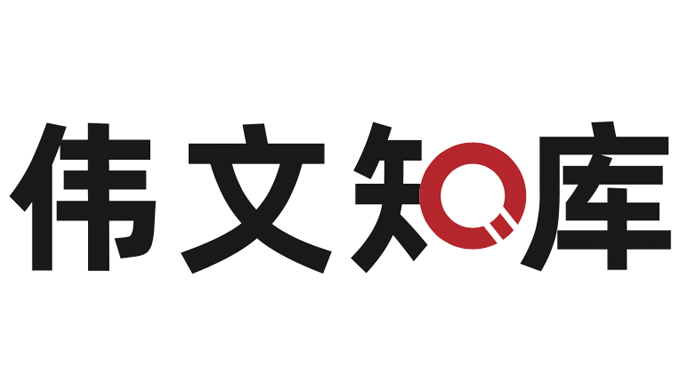A History of the Modernization of Chinese Journalism
摘要
The period of the Beijing Government reign (a duration spanning from 1916 to 1928, commonly referred to as the Beiyang Government phase in the mainland China) is an interval during which China transitioned from a traditional society into a modern one, and this period assumes a role of paramount importance that bridges the past and the future. Characterized by the juxtaposition of complicated political rivalry and constantly mutating circumstances, this phase bred vibrant media and vigorous reporters. Previous researches into this phase are chiefly centered upon criticizing and exposing how the Beiyang Government had oppressed the journalism industry and persecuted reporters; however, the media environment then was indeed loose and tolerant at large, and the media progressed at a comparatively rapid speed. In fact, with respect to this particular period of history, relatively objective and positive evaluations have been produced across fields of study. For instance, the economic history acknowledges the feat as manifested in the development of national economy at a high speed in this duration while the legal and political histories recognize the efforts and attempts made for the sake of the formation of a modern Chinese judicial system and democracy as witnessed by this period. Likewise, in the developmental course of our journalism, it is indicated by a multitude of signs that this period concerned is another golden era for the progression of media, as illustrated by the concurrent emergence of modernized newspaper office buildings in China, the application of presses with high-speed rotation and the employment of telegraphs and telephones as the crucial means of news communication. In the meantime, this golden era for media development is also evidenced by such transformations: the conventional commercial news industry initiated the reform by adopting the modern corporate system; the internal institutional configuration, personnel and welfare systems began to emerge that were in conformity with the operation of modern media; the revenues gained through distribution and advertising became a vital economic source of the newspapers and journals; press interviewing started to be taken on the soil of foreign lands and the interviewing and editing were increasingly vi A History of the Modernization of Chinese Journalism in compliance with the requirements of modern journalism; theories of journalism being developed continually, not only the western theories were imported into China through translation, the Chinese community of journalism also conducted theoretical self-reflection upon itself. Furthermore, inspirational and encouraging newspaper groups began to appear; new ideas were in circulation in that the capitalist enlightenment ideas championing democracy and liberty as well as the socialist advocacy for nation redemption were featured prominently in newspapers and journals. Moreover, the journals dedicated to the “intellectuals commenting upon politics”, which were tinted with intense Chinese characters, began to signal their approaching the glamour of maturation gradually. All the above-mentioned clues indicate that this phase is indeed a period of vital importance over which the Chinese journalism strode towards modernization. Therefore, systematic study on this period has important historical value and practical significance.
正文
备注
Wells-China Law & Society Library “法治中国”主题文献库系列专著。 附件为该书英文版全文电子版。




